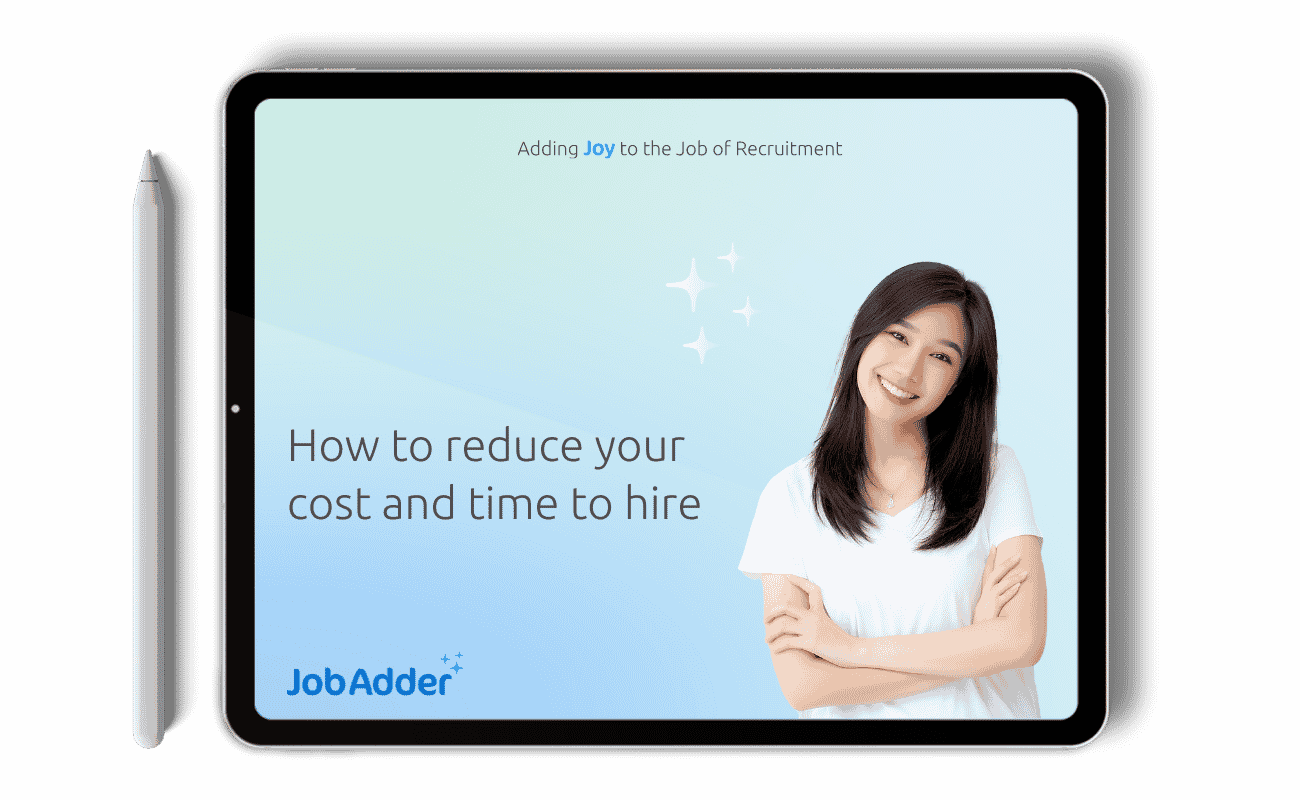As more and more organisations embrace remote working, leaders are looking for new ways to hire and scale teams.
Leaders must balance the need to scale while achieving efficient growth and providing teams with the right tools to scale and perform.
What processes and systems need to be introduced and adopted to empower teams to grow at scale? New market conditions require new efficiencies, and tech tools can help significantly generate these.
In a recent livestream webinar, representatives from JobAdder, Deel and Aircall detailed their own hypergrowth journeys and how businesses should hire and scale teams in modern, dispersed workplaces.
To give you a taste, we’ve taken some nuggets of wisdom from Martin Herbst, CEO at JobAdder; Bevan Stephenson, Global Alliances, APAC at Deel; and Fred Viet, VP Sales, APAC at Aircall in the Q&A below.

What are some trends you’re seeing from your customers who are scaling and growing their businesses globally?
Martin (JobAdder): There’s probably three or four factors that we as a company have gone through and probably a lot of our clients have as well. These four factors have created a disconnection. One that’s already pervasive, both good and bad, is through technology. In many ways, technology connects us and improves ways that we can connect virtually whether that be consumer-facing technology, social media, smartphones or B2B corporate technology. But it does create some disconnection.
If you’re growing, if you’re global, just the fact that you’re hiring a lot of people and you have a lot of new people in the company, those are a lot of new people to connect to.
Of course, the obvious other disconnector over the last couple years has been COVID-19. We’ve had this big disconnecting force of working at home and being stuck at home. A lot of these trends mean that companies are thinking about their culture differently, and realising that if they want a really strong culture that’s focused on joy, how to actually improve the connection amongst employees to feel connected to each other, or to a purpose then that’s incredibly important. One of our customers, Sharp & Carter, really leads with their culture of their company. You go to their website and they talk about a company built on culture and their four values.
Bevan (Deel): I suppose when I think about trends, we sort of start with the problem statement first. And the problem statement is obviously that talent acquisition and retention are the biggest problems for every company today.
So, what are we doing at Deel to really help CEOs sleep at night as they think about growing their business and retaining staff. We’re opening up the remote-first workforce and enabling companies to completely hire people in different countries. And that has helped and supported the growth of a lot of companies.
It’s a really interesting space we’re in with the workplace dynamics that are happening at the moment. How can companies empower themselves to build culture, build values and be productive, and I suppose technology is the thing that’s underpinning a lot of that, both from a compliance point of view and a culture point of view.
Fred (Aircall): I think the answer would have been completely different six months ago, when the economy was strong and a lot of companies were like, “we’re going to hire, we’re going to grow and we don’t care, we grow at any cost.” I think in the last six months it’s changed a lot.
The trend we’re seeing with our customers, six months ago if you had an issue you put someone in charge to fix it or you hire more people, now we’re seeing customers asking how can we become more efficient and help people do their job better? So, how can we grow but make sure we’re profitable too? It’s very important, there’s a big trend now around how they can use technology to be more efficient.
It’s all about making sure we’ve got the right culture and the right tools. There’s a lot of investment in training because we need to keep the people we hire.
It’s very expensive to keep hiring people. I’ve seen a lot of our customers training more and more people and implementing a clear development process for people. It’s a big switch in the market that we’ve seen in the last six months.

In the current climate of remote hybrid teams, how are you as leaders enabling your team’s productivity?
Fred (Aircall): I think one very important thing to keep in mind as you grow is to avoid siloed teams, which becomes more of a risk as you’ve got more teams and there’s more hybrid and remote working.
When you have siloed teams, you lose your culture and productivity because the collaboration is not there anymore. There are few things we’re trying; people can work from home, they can work from the office, so we’re fully hybrid. We want to make sure that you can understand yourselves. You need to understand what your support team is doing, what a CSM is doing. So the more understanding you have of other roles, the more you’re going to be mindful of those jobs and be better with your colleagues.
It’s very important to bring that genuine interaction back. You know, the meaningful discussion and the connection. The fun facts you know about your colleagues. It’s those kind of small things that we need to make sure everyone has. That’s how you get the right culture.
Martin (JobAdder): We’re in this really interesting place where we believe in remote work, we believe in flexible working. I think everyone has found that’s very beneficial. And we’ve seen productivity improvements across many different roles, and many different teams.
But at the same time, we’re going to this hybrid environment and it’s hard to actually maintain. You’re actually running two different operating systems, right? We’ve got half the people in the office and half the people on Zoom in one meeting.
What I do believe though is that it does come back to connection, right? And how you’re actually thinking about connecting people virtually and thinking remote first in a lot of different ways to get the most out of your teams, because we’re going to be remote and virtual moving forward, that’s not going back into the bottle.
I also believe when you look at the productivity results, we do see improvement in productivity when people are working remotely, however, we still don’t know what the long term impact is.
The biggest way to keep people productive is to think about how we’re actually connecting them virtually, empower the managers to make sure they’re connecting with their teams and serving other teams virtually, but then also encouraging the people to come in and build that muscle back. As leaders, I think our duty and obligation is to help bring teams back together and build that muscle up because we the long-term benefits of that are really important.
If you want to learn more and view the full webinar, check it out here.
Ready to cut your cost and time to hire? Discover our top tips.






